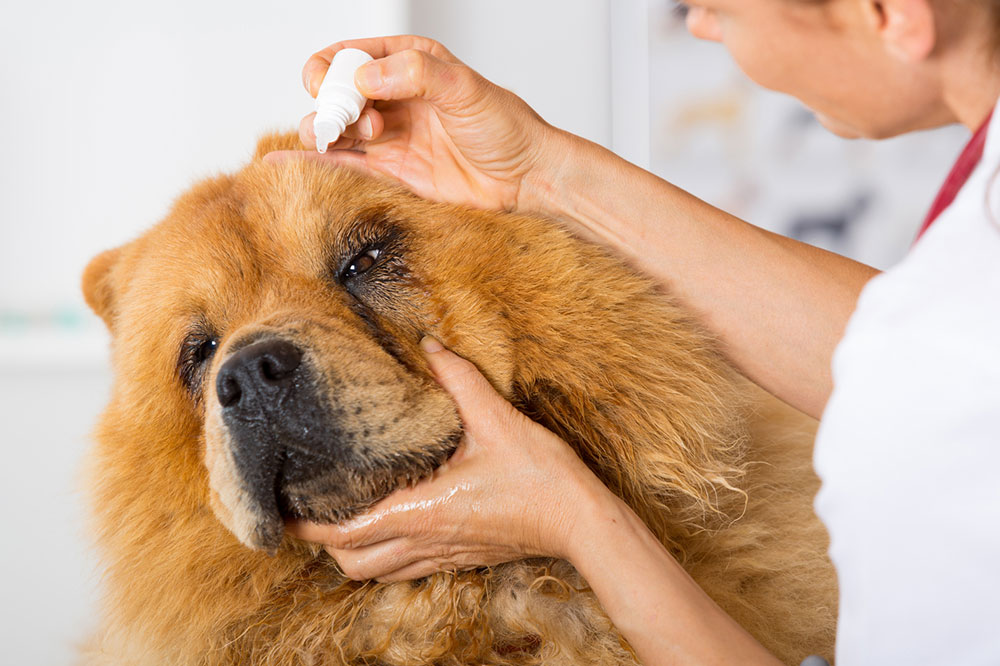
Ways to Identify Food Allergies in Dogs
It may be typical to look out for allergies in growing children, but when it comes to dogs, most new pet parents might forget that their four-legged companion can equally suffer from this health condition. Allergies in dogs are usually triggered by specific allergens found in the food they consume. But how do you identify if your dog is allergic to something? This article compiles some of the most common symptoms and triggers for food allergies in dogs.
- Itchy Skin
If your dog is excessively scratching, biting or licking his skin, it’s a familiar tell-tale sign of an allergy. This may subsequently lead to secondary bacterial and yeast infections. An itchy rear end is also a symptom caused by a food allergy.
- Ear Infection
Taking more than two to three trips to the vet for a recurrent ear infection is a sign of a food allergy. Yeast infection, ear mites, and swimmer’s ear remain ordinary causes of ear infection. However, if the disease persists, it may indicate an allergy most likely caused by food.
- Paw Biting
If you notice your dog appears to lick or bite its paw frequently, the cause may lie in its nails. Discolorization of nails which may appear red, brown, or bronze rather than its usual white color indicates something is up. This is a symptom of an inflamed immune system mostly caused by a food allergy.
- Gastrointestinal Problems
If your pet is bombing the house with smelly farts, spewing vomit frequently, or is a victim of chronic diarrhea, you must know that all these are common symptoms that something has triggered a food allergy in them.
- Hot Spots
Another possible symptom of food allergy dogs is if you spot lesions on your pet’s skin. These appear to be warm, moist, and inflamed from the dog repeatedly licking, chewing, and scratching the area. The head, hips, or chest area are common sites of allergy and are therefore sore to touch.
- Skin Conditions
Common skin conditions typically triggered by a food allergy in dogs include hair loss, skin rashes, red or inflamed skin, poor coat quality, scaly or oily skin, pigmented skin, and leathery skin. It is most often caused if the dog food traditionally contains (but is not limited to) dairy, chicken, mutton, pork, beef, wheat, or eggs.
- Runny Eyes
If you find your dog scratching its eyes, having goopy discharge, red eyes, clogged tear duct, or excess tear production, it’s all a sign of food allergy. Runny eyes cause staining and considerable irritation to pets.
- Hives
A food allergy generally causes hives, and dogs may develop this symptom due to a trigger in their meal. Swelling of the lips, eyelids, or ear flaps may look serious, but is rarely life-threatening and may go away easily if you change your pet’s diet.



